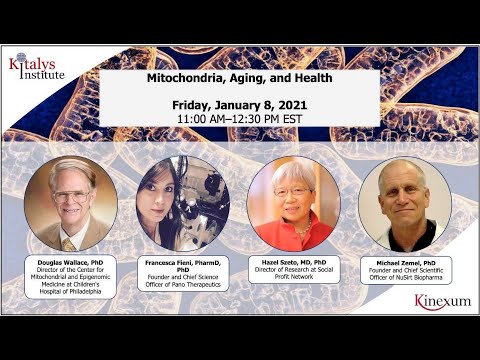I take Rapamycin as a patient of Dr. Green, and I specifically asked him about adding GlyNAC supplementation.
According to Dr. Green, they address completely different issues - mTOR in the case of Rapa, and Glutathione deficiency in the case of GlyNAC.
Not only was he in favor, but I initially came upon GlyNAC from a write-up he did on his site rapamycintherapy.com
His post also pointed to the original studies showing extraordinary benefits of GlyNAC supplementation.
The basis is that Glutathione, the most abundant and powerful anti-oxident in the body, present in every cell and responsible for a host of cleanup & detoxification funcions, declines markedly with age (I just turned 60).
Glutathione is a tripeptide built from glutamic acid, glycine, and cysteine. The body is able to produce glutamic acid in abundance, but not so with the other two precursors. Supplementing with glycine and cysteine allows the body to build back up glutathione to early-age levels.
According to the initial studies in mice, GlyNAC supplementation “corrected red blood cell GSH deficiency, oxidative stress, and mitochondrial dysfunction; and improved inflammation, endothelial dysfunction, insulin-resistance, genomic-damage, cognition, strength, gait-speed, and exercise capacity; and lowered body-fat and waist-circumference”.
If even half that translates to people, it’s pretty extraordinary!
(Here’s a link to an update of the original study: Glycine and N-acetylcysteine (GlyNAC) supplementation in older adults improves glutathione deficiency, oxidative stress, mitochondrial dysfunction, inflammation, insulin resistance, endothelial dysfunction, genotoxicity, muscle strength, and cognition: Results of a pilot clinical trial - PubMed)
